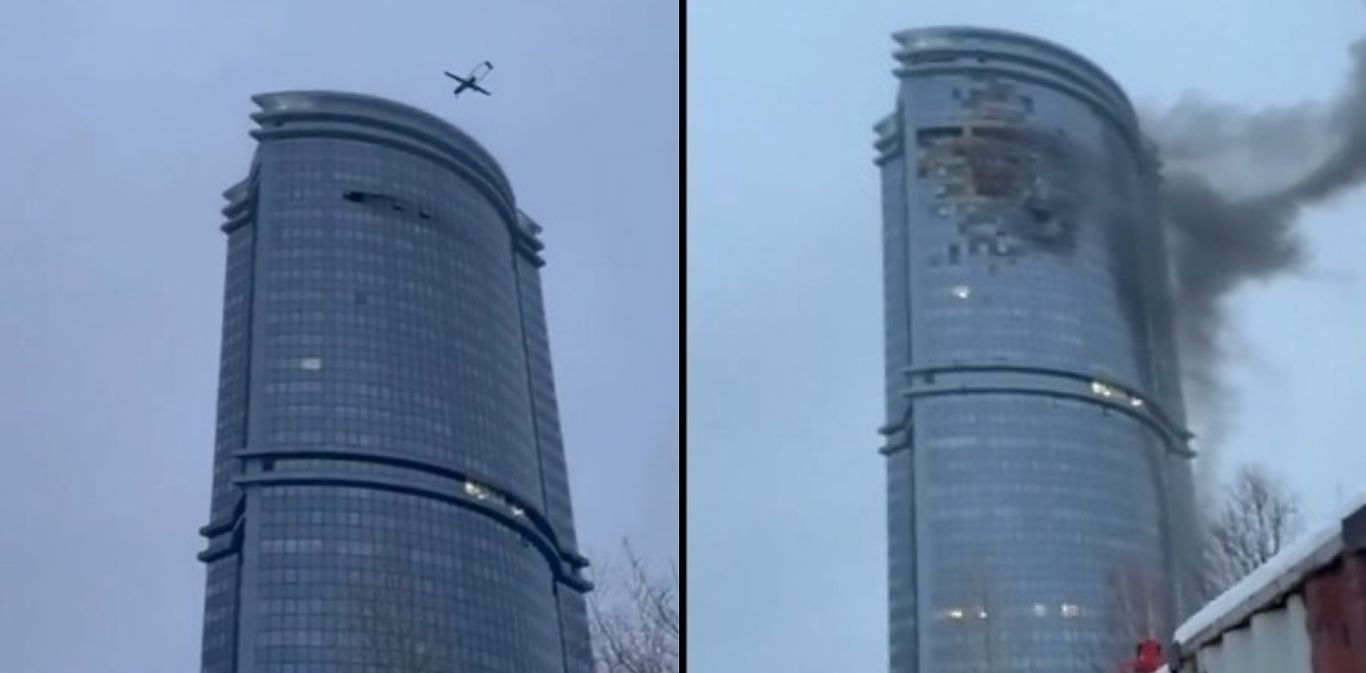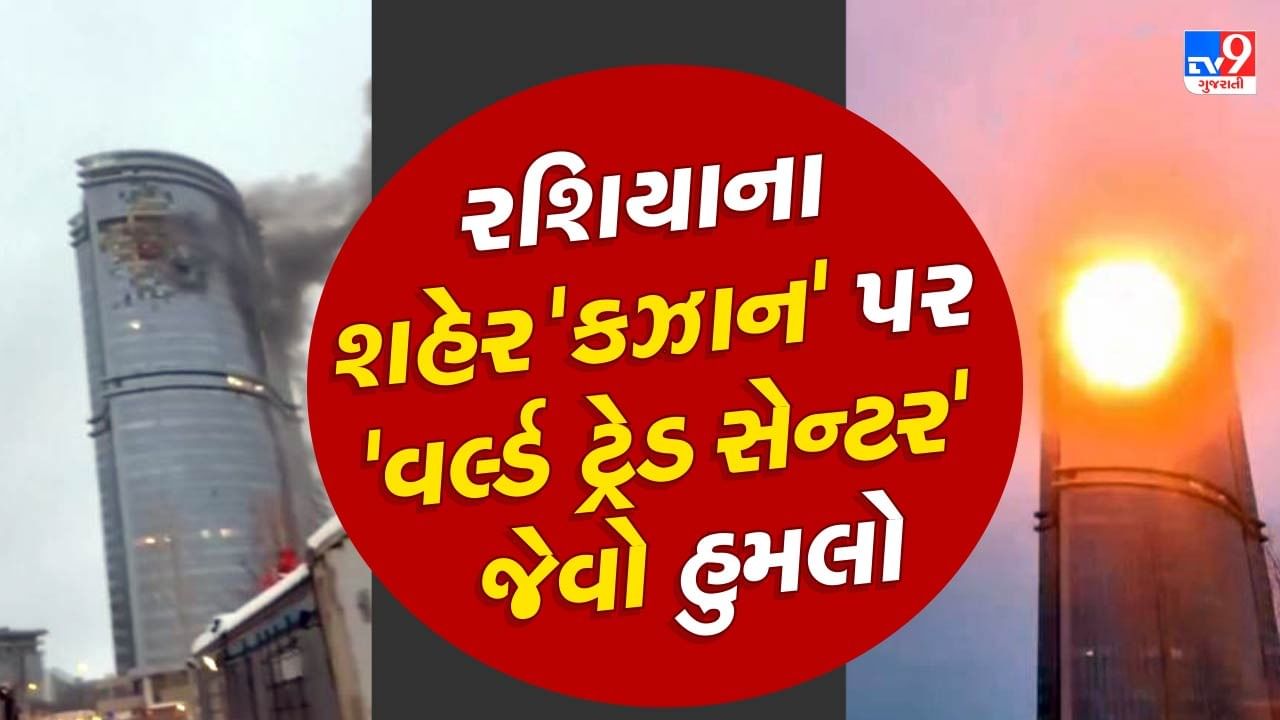The Kazan drone attack thrust a significant event into the global spotlight, raising questions about the perpetrators, motives, and technological capabilities involved. This incident underscores the evolving nature of modern warfare and the increasing accessibility of drone technology. The attack’s impact extends beyond immediate casualties and damage, prompting discussions on national security, international relations, and the effectiveness of counter-drone measures.
Initial reports painted a picture of chaos and destruction, with accounts varying on the exact number of drones deployed, the nature of their payload, and the precise targets. The subsequent investigation, involving local authorities and potentially international cooperation, will be crucial in determining the full extent of the attack and identifying those responsible. Understanding the technological aspects of the incident – the drones’ capabilities, flight paths, and payload delivery – is equally vital in preventing future occurrences.
The Kazan Drone Attack: An Overview

The alleged drone attack on Kazan, while still under investigation, has raised significant concerns regarding national security and the evolving threat landscape of unmanned aerial vehicles (UAVs). This incident underscores the vulnerability of even relatively well-defended urban areas to sophisticated drone attacks and necessitates a deeper understanding of the event’s circumstances, potential perpetrators, and technological implications.
Event Overview: The Kazan Drone Attack

Reports suggest a series of drone incursions targeted Kazan on [Insert Date], resulting in [Insert Description of Damage]. Initial reports emerged around [Insert Time], with subsequent investigations revealing [Insert Further Details on the attack]. The incident unfolded rapidly, from the initial detection of the drones to the emergency response and subsequent damage assessment. The aftermath involved extensive security measures and a comprehensive investigation launched by authorities.
| Date | Time | Location | Type of Drone(s) | Reported Casualties | Damage Assessment |
|---|---|---|---|---|---|
| [Insert Date] | [Insert Time] | [Insert Specific Location(s) in Kazan] | [Insert Type of Drone(s) if known, otherwise state “Unknown”] | [Insert Number of Casualties, if any, otherwise state “None Reported”] | [Insert Description of Damage, e.g., “Minor damage to several buildings,” or “Significant damage to infrastructure”] |
Alleged Perpetrators and Motives

The identity of the perpetrators remains unconfirmed. Several potential groups or individuals could be considered, ranging from [Insert Potential Perpetrator Group 1, e.g., domestic extremist groups] to [Insert Potential Perpetrator Group 2, e.g., foreign actors]. Motives could include [Insert Potential Motive 1, e.g., political instability] or [Insert Potential Motive 2, e.g., economic grievances]. The attack bears some resemblance to previous drone attacks in [Insert Location of Similar Attacks], particularly in terms of [Insert Specific Similarities, e.g., targeting of infrastructure], although the scale and specific objectives might differ.
The recent Kazan drone attack highlights the evolving threat of unmanned aerial vehicles. This incident underscores the need for robust counter-drone measures, a stark contrast to the more celebratory use of drones, such as those showcased at the impressive orlando drone show. Understanding both the malicious and beneficial applications of drone technology is crucial for navigating this complex landscape and mitigating future threats like the Kazan incident.
No group has yet claimed responsibility.
The recent drone attack on Kazan highlights the evolving nature of warfare and the increasing sophistication of unmanned aerial vehicles. This contrasts sharply with the more peaceful applications of drone technology, such as the spectacular light shows, like the one showcased at the orlando drone show , which demonstrate the potential for drones in entertainment. The Kazan incident underscores the urgent need for robust counter-drone measures, given the potential for misuse of this technology.
Technological Aspects of the Attack
The drones involved were likely [Insert Type of Drone Speculation, e.g., commercially available UAVs modified for military purposes or purpose-built drones]. Their capabilities likely included [Insert Potential Capabilities, e.g., long-range flight, payload delivery]. The flight path likely involved [Insert Speculation on Flight Path, e.g., evasion of air defenses] and the drones may have employed [Insert Speculation on Tactics, e.g., coordinated attacks].
The recent drone attack on Kazan raises concerns about escalating tensions in the region. This incident follows a pattern of similar attacks, prompting comparisons to the larger scale operations detailed in this report on ukraine drone attack on russia , highlighting the increasing sophistication and range of drone technology. Ultimately, the Kazan incident underscores the growing threat posed by unmanned aerial vehicles and the need for enhanced security measures.
The payload may have consisted of [Insert Speculation on Payload, e.g., explosives, incendiary devices].
- Payload delivery accuracy
- Drone navigation in urban environments
- Counter-drone measures
- Drone detection and tracking
- Maintaining drone operational stealth
Response and Aftermath, Kazan drone attack
Local authorities and emergency services responded swiftly, implementing [Insert Description of Immediate Response, e.g., securing the affected area, providing medical assistance]. Measures to prevent further incidents included [Insert Description of Preventative Measures, e.g., increased surveillance, deployment of counter-drone technology]. The long-term consequences may include [Insert Long-Term Consequences, e.g., heightened security concerns, economic disruption]. A thorough investigation is underway, focusing on [Insert Focus Areas of Investigation, e.g., identifying the perpetrators, determining the methods used].
International Implications
The Kazan drone attack has the potential to impact international relations, particularly concerning [Insert Specific Areas of Impact, e.g., the proliferation of drone technology]. The response of different nations will likely depend on their [Insert Factors Influencing Response, e.g., geopolitical interests]. This incident could escalate tensions or, conversely, lead to increased international cooperation in counter-drone technology development and information sharing.
A possible escalation scenario could involve [Insert Escalation Scenario, e.g., retaliatory actions], while a de-escalation could involve [Insert De-escalation Scenario, e.g., diplomatic efforts to identify and address the root causes].
Visual Representation of the Event
Immediately following the attack, the scene was characterized by [Insert Description of the Scene, e.g., damaged buildings, debris scattered across the streets, emergency vehicles responding]. The air was filled with [Insert Sensory Details, e.g., the smell of smoke, the sounds of sirens]. The potential drone trajectory would have likely involved navigating [Insert Environmental Details, e.g., dense urban areas, tall buildings, potential obstacles].
The drones might have flown at a low altitude to avoid detection, potentially utilizing [Insert Potential Navigation Techniques, e.g., GPS, inertial navigation systems].
The Kazan drone attack serves as a stark reminder of the vulnerabilities inherent in an increasingly interconnected world. The incident’s ramifications extend far beyond the immediate aftermath, impacting public trust, international relations, and prompting crucial conversations about technological advancements and national security. Further investigation and analysis are essential to fully comprehend the event’s implications and to implement effective countermeasures against future similar attacks.
The global community must collaborate to address the challenges posed by this rapidly evolving threat landscape.
Essential FAQs
What type of damage was inflicted by the Kazan drone attack?
Reports varied, but initial accounts suggest damage to infrastructure and possibly casualties, the exact extent of which is still under investigation.
Were any groups or individuals immediately identified as responsible?
No group or individual has publicly claimed responsibility as of yet. Investigations are ongoing to determine the perpetrators.
What security measures are being taken in response?
Authorities are likely implementing enhanced security measures, including increased surveillance and potentially improved counter-drone technologies. Specific measures remain undisclosed for security reasons.